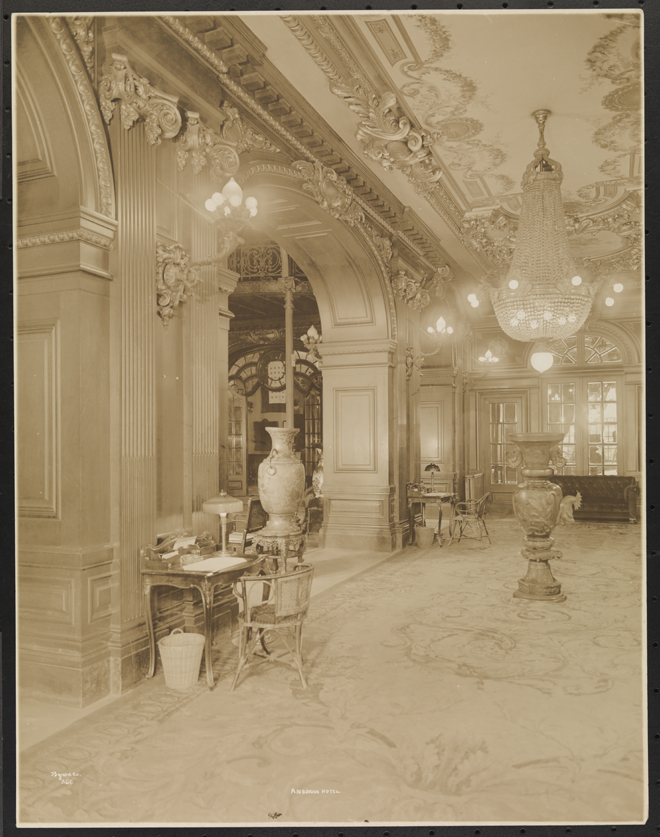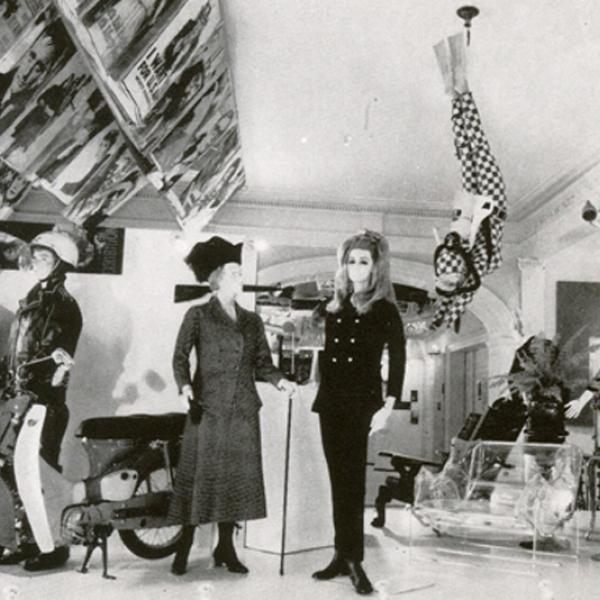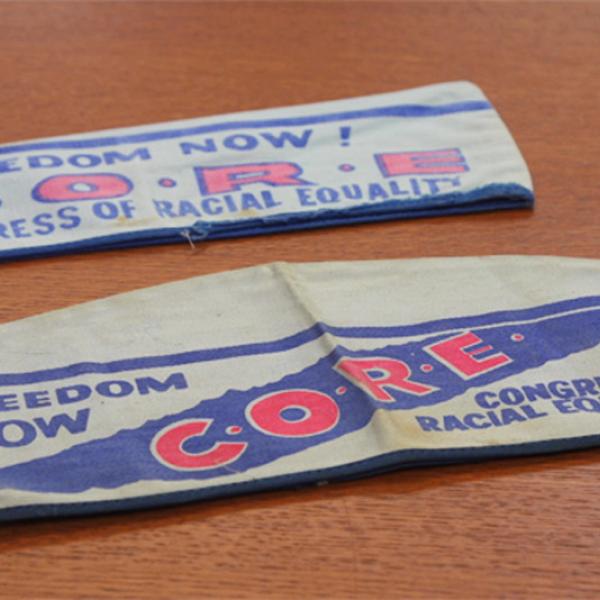Basement Bathhouse, Rooftop Farm, Symphonies and Scandals in Between
Tuesday, November 15, 2016 by
What do Stravinsky, the Black Sox, Bette Midler, and a swinger’s club have in common? At one point they were all inside New York City’s Ansonia Hotel.
The Ansonia was built as a residential hotel by William Earle Dodge Stokes, one of nine children born to a banker and a copper heiress. When his father died, he contested the will and sued his brother – a move that netted him a $1 million inheritance. In 1895, Stokes married teenaged Rita Hernandez de Alba de Acosta, older sister to Mercedes de Acosta (who is featured in our Gay Gotham exhibition). Less than four years after their lavish wedding ceremony, she filed for divorce – the same year of the Ansonia’s ground breaking.
Stokes’ hotel opened on April 19th, 1904, comprising 1,400 rooms and 340 suites, and standing 17 stories tall. Pneumatic tubes snaked through the walls for the easy conveyance of messages between residents and staff. The luxurious apartments featured multiple bedrooms, parlors, libraries, and formal dining rooms. In the building’s basement, residents swam in what was, at the time, the world’s largest indoor pool. They also cooled off in the privacy of their own homes – the Ansonia was the first “air-conditioned hotel” in New York City, with a system in the walls pumping a freezing briny mixture. The hotel even had its own art curator, who collected around 600 paintings for the building to display. And today’s urban agriculture enthusiasts would be interested to know the Ansonia once featured a rooftop farm with chickens, duck, and goats – although it was eventually shut down by the health department.
Famous residents of the hotel throughout the years included Babe Ruth, writer Theodore Dreiser, the leader of the Baha’i Faith `Abdu’l-Bahá, conductor Arturo Toscanini, composer Igor Stravinsky, fashion designer Koos van den Akker, and Broadway impresario Florenz Ziegfeld. Stokes, who remarried in 1911, became a particularly notable resident himself after he became embroiled in scandal later that year. A young starlet with whom Stokes had allegedly been involved shot him, and he was found clinging to a balcony at the Varuna hotel, bleeding. The scandal brought droves of reporters to the Ansonia, even though Stokes refused to leave his room. The hotel also played host to Chicago White Sox first baseman Arnold “Chick” Gandil. It is said that on September 21, 1919, a group of Chicago White Sox players assembled in his room to plot the throwing of the World Series for the cost of roughly $10,000 per person.
Stokes died in 1926 at age 74. His son eventually sold the building in 1945 to Samuel Bronxmeyer, a man widely regarded as a crooked landlord. In 1968, Bronxmeyer rented its abandoned basement pool to a man named Steve Ostrow, who turned it into the famous Continental Baths. This gay bathhouse operated an incredible cabaret to entertain its towel-clad denizens. Over the years it featured future stars like Bette Midler, Barry Manilow, and Patti Labelle, as well as established stars like Cab Calloway, Lesley Gore, Peter Allen, and even the Andrews Sisters. The bathhouse closed its doors in 1977, and was quickly converted into Plato’s Retreat under the ownership of Larry Levenson. At this membership-based swingers club, “committed heterosexual couples were the base of support,” according to the New York Times. Levenson explicitly forbid homosexual activity between men. The city shut the club down in the wake of the HIV epidemic; it served its final patrons on the afternoon of New Year’s Eve in 1985.
The Ansonia was added to the National Register of Historic Places in 1980 and still accepts tenants today. Have you lived in the Ansonia? Much like this city, this hotel certainly has a lot of stories to tell.







